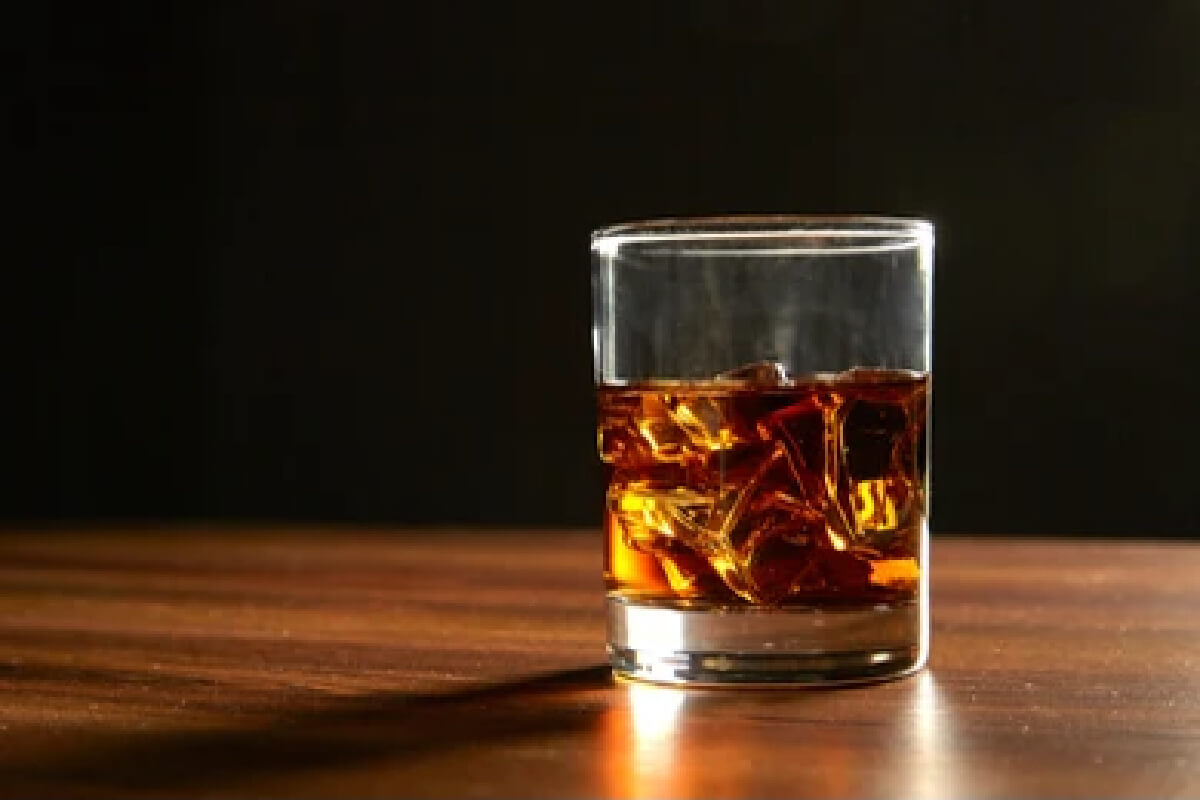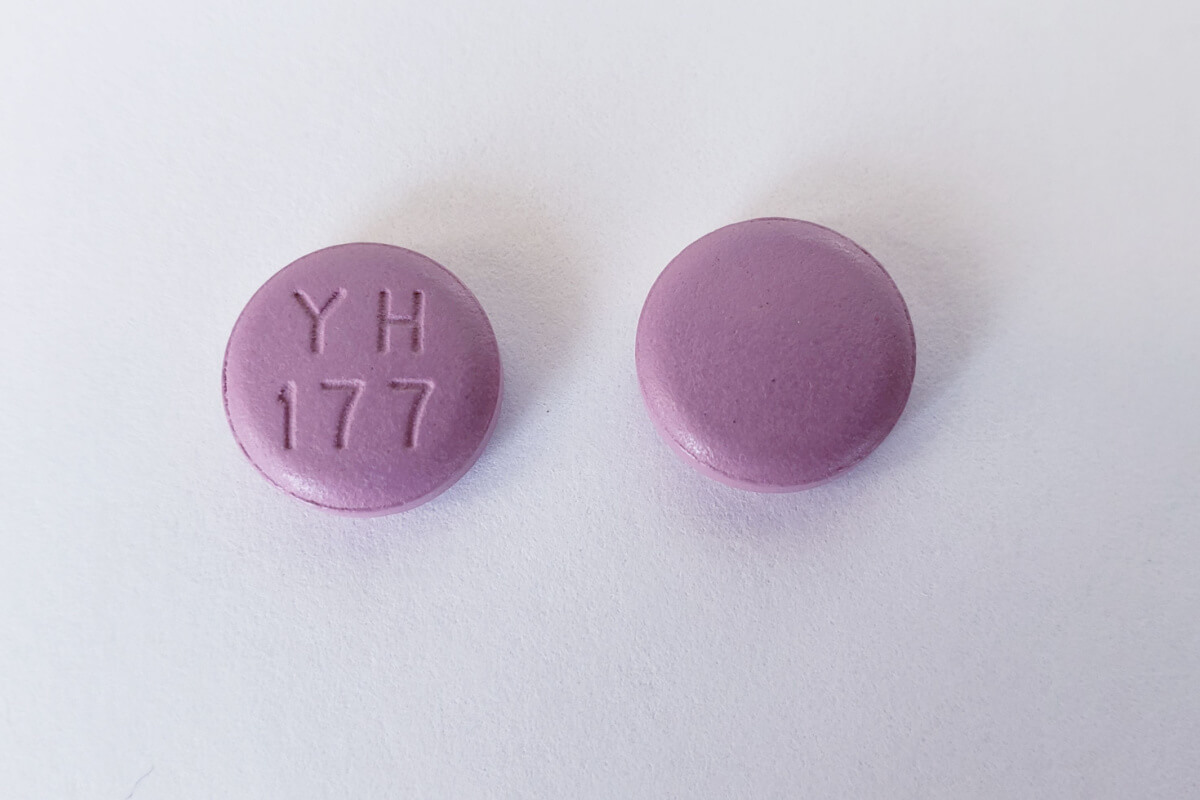
Estimates vary, but a breathalyzer test can be expected to detect your alcohol use within at least the past 10 hours. Other types of tests look for metabolites the body breaks alcohol down into and can be detected for several days—potentially up to 90 days if you’re getting a hair test and the conditions are ideal.
Alcohol testing can serve a variety of purposes, including being used by law enforcement to check if people are driving drunk, by employers to make sure employees aren’t working with their judgment or coordination impaired, and by doctors to help understand your drinking patterns.
On average, it takes the body about an hour to process one standard alcoholic drink.[1] Individual processing rates vary according to body size, age, sex and exercise, among other factors.
How Long Does Alcohol Stay in the Body?
There isn’t a single answer to this question. Rather, it broadly depends on what one means. While a processing time of one drink per hour is average, different people metabolize alcohol at different rates, which we discuss in more detail later.[2]
Alcohol can also be detected on tests for longer than you feel its effects. The type of test used can impact how long alcohol is detectable in the system.
Types of Alcohol Tests & Timelines
Probably the most common test used to detect the presence of alcohol is a Breathalyzer test (breath alcohol test). It’s also possible to test for alcohol using a urine, saliva, blood, or hair sample.[3]
Breath Testing
A Breathalyzer is a tool that can detect the presence of alcohol on a person’s breath and can generally provide a relatively accurate measure of a person’s blood alcohol content (BAC). The test is fast and painless. It can be expected to detect if a person has had a drink within at least the past 10 hours, potentially up to 24 hours. Exact estimates vary depending on the source referenced.
Any Breathalyzer used for testing that may have a significant impact on a person’s life should be a device approved by the National Highway Traffic Safety Administration (NHTSA).[4] In many cases, the use of an approved device may be mandated.
Urine Testing
Urine testing can be used to detect the presence of a metabolite of alcohol (ethyl glucuronide, or EtG) in the body.[5] This means it can be used to prove a person has been drinking at some point in the recent past even if they don’t currently have a significantly high BAC. This is a laboratory test, so it takes longer to get a result compared to a Breathalyzer.
The nature of needing a urine sample means most people will find it more invasive. However, it can also detect the use of alcohol for a much longer period than a breath test. In part for this reason, it’s often not recommended for employer testing.
Prior use of alcohol can potentially be detected via urine testing up to five days after last use, although a detection window of about two to four days is more realistic in most cases.
Saliva Testing
Sometimes used to initially screen if an individual may have been drinking, an instant saliva test exists to help determine a person’s BAC.[6] It works similarly to a Breathalyzer.
However, there are limitations to this testing, such that the U.S. Department of Transportation (DOT) requires a second test administered 15 minutes later using an approved Breathalyzer device if a saliva test shows a result of 0.02% or higher. Put another way, this test seems to be intended for determining who might warrant further testing, not to accurately estimate a person’s BAC on its own.
Blood Testing
Blood is sometimes drawn and tested for the presence of alcohol and its metabolites.[7]
Blood alcohol testing isn’t very common. It’s invasive and expensive, and it requires more expertise than other types of testing. The only real advantage of this type of test over urine testing is that it’s more difficult to manipulate the result, as a sample is drawn by an expert.
Hair Testing
Hair testing is a somewhat unique type of drug testing. A hair sample is collected from an individual and tested in the lab. When trying to detect the use of alcohol, lab technicians will look for EtG, similar to what is commonly done with urine testing.[8]
Hair testing has some limitations. It takes about a week for hair to grow enough that alcohol use can be detected. In ideal conditions, alcohol use can be detected up to 90 days after a person’s last use. The actual detection window can vary depending on how a person cuts their hair.
This type of testing can be useful for determining a person’s pattern of alcohol use, but it can’t determine if someone is currently intoxicated. It’s also relatively invasive, requiring some hair be cut from the person for testing.
Comparison of Alcohol Detection Tests
| Detection Window | Accuracy | Limitations | Advantages | |
| Breathalyzer | 10-24 hours | Reliable | Only NHTSA-approved devices should be used for important testing | Fast, easy to administer |
| Urine | About 2-4 days | Reliable | Doesn’t measure current impairment | Relatively noninvasive, moderately long detection window |
| Saliva | 10-24 hours | Moderate | Warrants further testing if result shows alcohol use | Fast, useful for screening, easy to administer |
| Blood | About 204 days | Reliable | Doesn’t measure current impairment, invasive | Difficult to manipulate |
| Hair | Up to 90 days | Reliable | Doesn’t measure current impairment, invasive | Long detection window, can show one’s pattern of alcohol use |
Considerations for Alcohol Testing
If you’re subjected to testing for alcohol use, you can generally expect the result to be relatively accurate if the test is administered correctly. However, if the result that comes back seems not to align with reality, immediately contest it. The results can potentially be wrong in some cases.[9]
Don’t sign any documentation agreeing to the result. Ask to be immediately retested, and regardless of whether retesting is permitted, contact a legal professional immediately. Don’t speak with anyone involved in the testing process until speaking with your lawyer unless absolutely necessary.
Factors That Affect How Alcohol Is Processed in the Body
A variety of factors can influence how a person’s body eliminates alcohol, such as age, sex, weight, health, medications and the amount of alcohol a person consumes. One of the major factors that will impact how long alcohol stays in the body and how long it takes to sober up is a person’s ability to metabolize alcohol.
Some health conditions, especially of the liver, can significantly impact metabolization (usually slowing it). Alcohol consumption puts stress on the liver, and high levels of consistent drinking can result in liver damage.
The Basics of Alcohol Metabolism
Alcohol is mainly metabolized in the liver, primarily via the enzymes aldehyde dehydrogenase (ALDH), alcohol dehydrogenase (ADH), cytochrome P450 (CYP2E1) and catalase.[10] This process and the interactions of the resulting metabolites can cause a variety of issues before being fully eliminated. They can potentially cause an oxygen deficit in the liver, the formation of harmful compounds and more.
Understanding Blood Alcohol Concentration (BAC) & Time
BAC is a measurement of the alcohol present in a person’s blood. A BAC of 0.08% or greater usually meaning a person is legally intoxicated and cannot legally perform certain activities, like driving.[11]
The biggest factors that can impact your BAC are the amount you drink and the amount of time that has passed. As noted earlier, the body processes a standard drink in about an hour.
With this said, this should all be taken as an estimate. If you’re unsure whether it’s safe for you to drive or perform other activities alcohol might make unsafe, err on the side of caution regardless of how much time has passed or what your BAC might be.
Health Implications & Risks
Regular heavy drinking or binge drinking is associated with a variety of long-term health risks, including these:[12]
- An increased risk of various cancers, including mouth, esophagus, throat, liver, rectum, breast, colon and more
- A weakened immune system
- Mental health and memory problems
- High blood pressure, heart disease, stroke, liver disease and digestive problems
- The development of alcohol dependence and AUD
Drinking can increase a person’s risk of engaging in risky and potentially violent behavior, impairing their judgment and coordination. Uncontrolled heavy drinking often impacts a person’s personal life, potentially causing family problems, work problems and other issues.[13]
How to Expedite Alcohol Elimination
There isn’t really a way to meaningfully speed up the elimination of alcohol. There aren’t any tricks to sober up quickly that have actually been shown to work. You need to stop drinking alcohol and allow your body time to process the alcohol in your system for it to be eliminated.
However, you may be able to make yourself more comfortable by making sure to drink adequate amounts of water, eat a healthy meal and rest after a period of drinking. Avoid diuretics like coffee, as alcohol can already cause dehydration.
Note that stimulants like caffeine may make you feel more sober but this won’t actually eliminate alcohol in your system or make you significantly more coordinated.[14] If anything, it may cause a sense of false confidence and increase the risk that you engage in dangerous activities.
Get Help to Stop Drinking
In summary, alcohol use can be detected in your system for at least a few days after your last use. Longer-term tests look for the metabolites that alcohol gets broken down into. Breathalyzer testing can detect your current BAC, with a typical body processing a standard alcoholic drink in about an hour.
It’s important to drink responsibly. If alcohol testing is a concern of yours, especially if you’re regularly engaging in activities like driving while intoxicated, talk to an addiction treatment expert. It’s possible to regain control over your drinking and your life regardless of how much you currently might struggle with alcohol misuse.

Reviewed By Peter Manza, PhD
Peter Manza, PhD received his BA in Psychology and Biology from the University of Rochester and his PhD in Integrative Neuroscience at Stony Brook University. He is currently working as a research scientist in Washington, DC. His research focuses on the role ... Read More
- Alcohol facts. California Department of Alcoholic Beverage Control. Accessed February 12, 2024. https://www.abc.ca.gov/education/licensee-education/alcohol-facts/
- Cederbaum AI. Alcohol metabolism. Clinics in Liver Disease. 2012;16(4):667-685. https://doi.org/10.1016/j.cld.2012.08.002
- Alcohol and EtG testing – Urine, breath, blood, oral fluid, hair. National Drug Screening, Inc. Accessed February 12, 2024. https://www.nationaldrugscreening.com/alcohol-testing/
- Alcohol measurement devices. National Highway Traffic Safety Administration. Accessed February 12, 2024. https://www.nhtsa.gov/drunk-driving/alcohol-measurement-devices
- Grodin EN, Nguyen XT, Ho D, Bujarski S, Ray LA. Sensitivity and specificity of a commercial urinary ethyl glucuronide (ETG) test in heavy drinkers. Addictive Behaviors Reports. 2020;11. https://www.ncbi.nlm.nih.gov/pmc/articles/PMC7244915/
- Dorankula SPR. Alcohol saliva strip test. Journal of Clinical and Diagnostic Research. Published 2014. Accessed February 12, 2024. https://doi.org/10.7860/jcdr/2014/8164.4177
- Kelly AT, Mozayani A. An overview of alcohol testing and interpretation in the 21st century. Journal of Pharmacy Practice. 2012;25(1):30-36. https://doi.org/10.1177/0897190011431149
- Pascali JP, Giorgetti A, Guido Pelletti, et al. Determination of ethyl glucuronide in hair and self-reported alcohol consumption in university students. Forensic Science, Medicine and Pathology. Published October 5, 2023. Accessed February 12, 2024. https://doi.org/10.1007/s12024-023-00727-x
- Reinicke C. The tests that determine drunken driving are often unreliable, and judges are starting to question them, a New York Times investigation finds. Business Insider. Published November 3, 2019. Accessed February 12, 2024. https://www.businessinsider.com/alcohol-breath-tests-often-inaccurate-drunk-driving-report-2019-11
- Zakhari S. Overview: How is alcohol metabolized by the body? Alcohol Research & Health. Published 2006. Accessed February 12, 2024. https://www.ncbi.nlm.nih.gov/pmc/articles/PMC6527027/
- Blood Alcohol Level. U.S. National Library of Medicine. Published September 2022. Accessed February 12, 2024. https://medlineplus.gov/lab-tests/blood-alcohol-level/
- Alcohol Use and Your Health. Centers for Disease Control and Prevention. Published April 14, 2022. Accessed February 12, 2024. https://www.cdc.gov/alcohol/fact-sheets/alcohol-use.htm
- Korlakunta A, Reddy CMP. High-risk behavior in patients with alcohol dependence. Indian Journal of Psychiatry. 2019;61(2):125-130. https://doi.org/10.4103/psychiatry.IndianJPsychiatry_395_17
- Fact sheets-Caffeine and alcohol. Centers for Disease Control and Prevention. Published 2019. Accessed February 12, 2024. https://www.cdc.gov/alcohol/fact-sheets/caffeine-and-alcohol.htm
Download Our Free Program Guide
Learn about our program, its effectiveness and what to expect
Related articles
Imagine what’s possible on the other side of opioid use disorder.
Our science-backed approach boasts 95% of patients reporting no withdrawal symptoms at 7 days. We can help you achieve easier days and a happier future.









